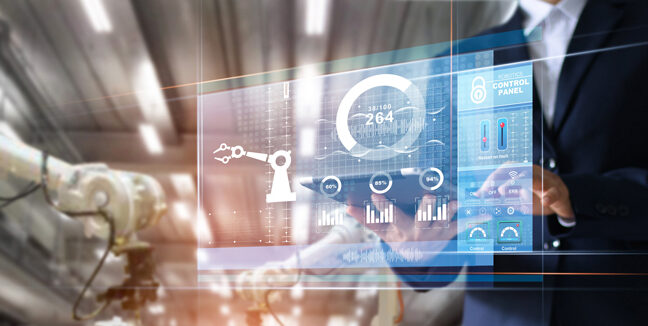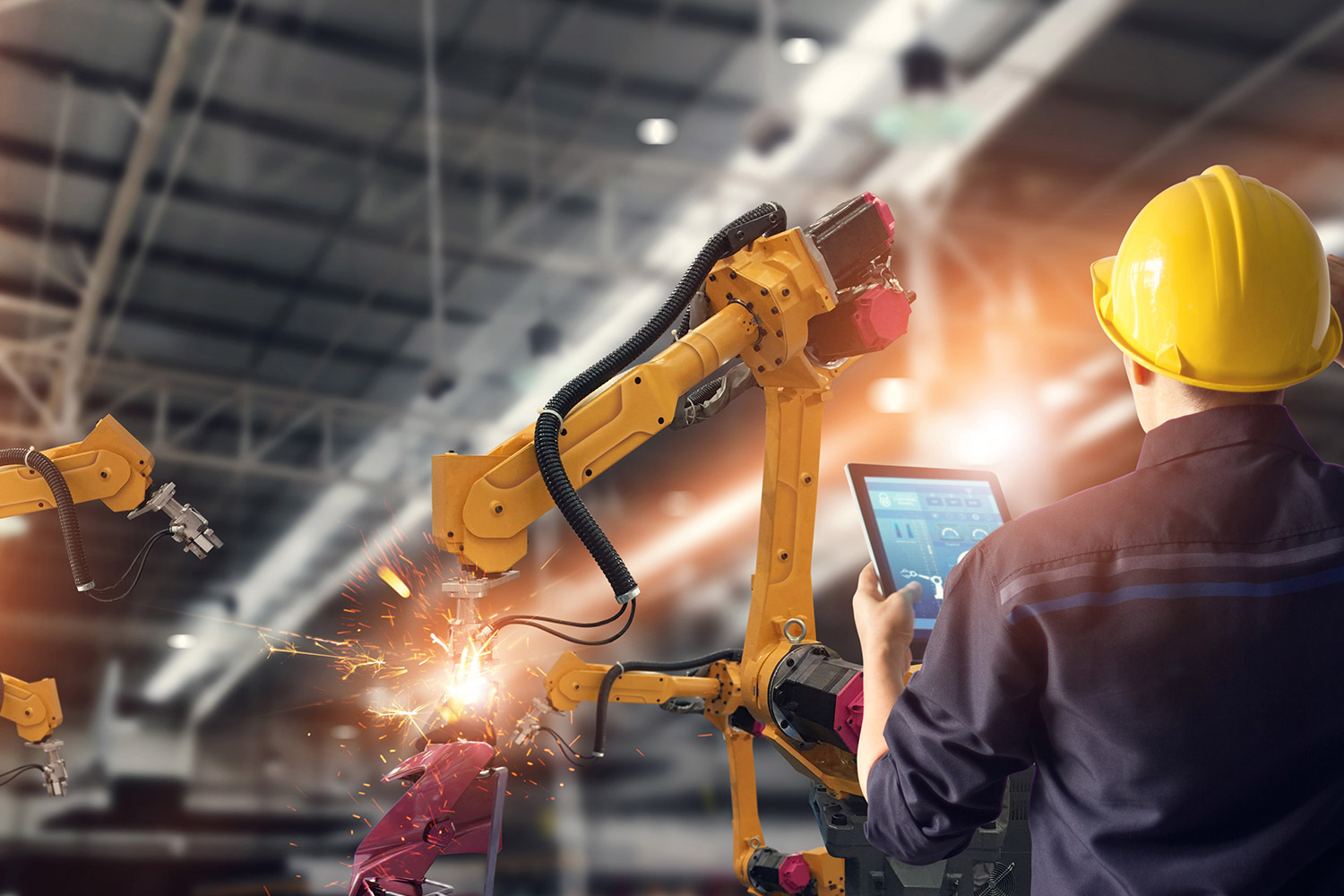Success factors for an Industrial Internet of Things (IIoT)

MES as key
Rapid developments in the industry – be they revolutionary or evolutionary – bring with them a wealth of new opportunities and paths.
After Industry 4.0, the smart factory, another term has now arrived in people’s minds, and it is already providing concrete examples of how to implement it. The Industrial Internet of Things (IIoT) is on the advance and, thanks to technological possibilities, is ready for optimal implementation.
An important foundation has already been laid with communication standards such as OPC UA, and these are already established. Optimum incorporation of the machine data acquired with these standards into a digital manufacturing process requires powerful software systems such as a Manufacturing Execution System (MES), which handles the intelligent processing, interpretation and preparation of the data. In addition to this data acquisition and processing, its standardized transfer and distribution plays an essential role in the implementation of an IIoT. Web services provide a powerful means of semantically correct communication within the entire system landscape, including cloud applications.
Here, too, a powerful MES can flex its muscles as a central administration point. Web services show their strengths especially when consolidating various related data packages into valid information. Order, person and process information along with current production status on a line, for example, can be aggregated into valuable information. cronetwork MES can be used, for example, to create a homogeneous database for simple connection to the machine level via OPC UA. Beyond pure storage of the process information, this can also be linked to PDA data, aggregated via statistical functions and individually processed. Web services do the rest to make the new information available in the entire system landscape in the sense of open communication.

In addition to data acquisition and processing, standardized transfer and distribution of data plays an essential role in the implementation of IIoT.
MES for digital production processes in IIoT
An MES can therefore already help companies today to digitally network production in IIoT – taking all production processes into account. All production data, such as measurements and process data, can be collected, merged, linked, stored and validated with a powerful MES. With its digitalization capabilities, the MES thus ensures transparency, higher quality and consistent documentation in production.
In this context, it is also very advantageous that the price of communication-capable sensors is falling and that they are now increasingly being installed as standard in machines and systems, which in turn enormously facilitates access to data and information. Complete production plants can thus communicate permanently via M2M communication; this is one of the most important success factors of IIoT. Here it is essential that parts of the automation technology migrate to the MES. The automation world must converge with existing software systems. A higher-level MES, networked with the automation level, becomes the central data hub of every production process through compliance with standards, redundancy-free master data storage and the lowest possible number of interfaces. MES solutions such as cronetwork are much more flexible during operation than individual solutions at the automation level, as you can rely on data-driven, flexible processes in accordance with IIoT. Fixed programmed functions are thus obsolete. An MES enables highly flexible production, where, for example, workstations can be aligned with a recognized serial number and the requirements of the individual product (provided that the machine setup changeover is fully automatic). Thus, batch size 1 becomes a reality in digitalized production.
MES keeps processes fast, efficient and cost-effective
However, the true strength of an MES, even in the IIoT world, is its connection and linking of data from the shop floor (PDC and MDC) with master data management and a commercial ERP system. The newly acquired data can be used to automatically record commercially relevant facts. On the basis of this captured detailed data, companies receive highly valid information directly from production and discover new optimization potential along the entire value chain. In general, the cooperation of MES with ERP or cloud and automation solutions in a IIoT environment should be characterized by standards and the openness of the individual systems to the entire system landscape. The best-of-breed approach is a recommendable and absolutely promising option here! This means that companies from all suppliers and systems can configure an optimal, individually orchestrated solution using the Lego principle. Industry 4.0, the smart factory, and IIoT initiatives have long been aiming at such developments. However, the most important task of an MES must always be to correctly evaluate the collected data from planning and production and thus keep all processes transparent, efficient and cost-effective.
Conclusion and outlook
Production data collection and processing has always been the sovereign task of the MES. A future-oriented and efficient IIoT has the best chances if an MES system can fully exploit its flexibility in data collection and information processing and at the same time harmonize with the commercially leading ERP system. Standards such as OPC UA and web services provide an important basis for this. Comprehensive interaction with the automation level will also be decisive for success. An MES such as cronetwork is ideal for such architectures, as it maps the semantic background and turns data that is difficult to understand into valuable information for companies, thus contributing to the success of IIoT.



